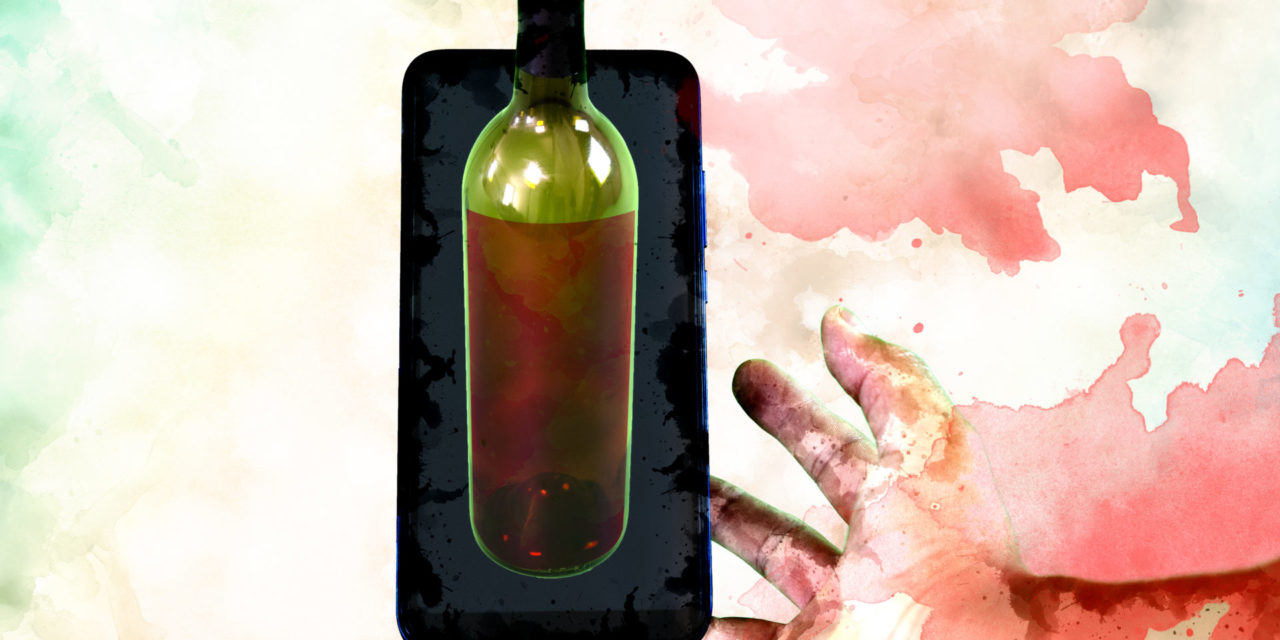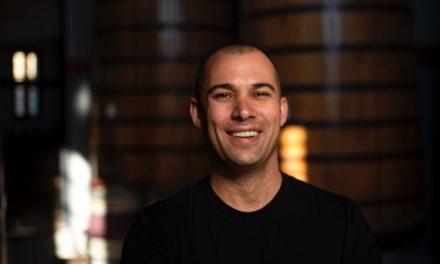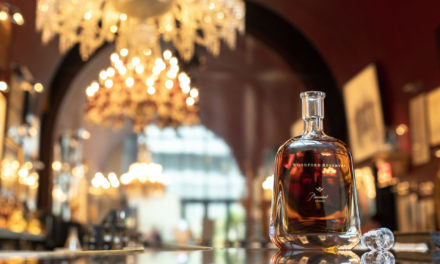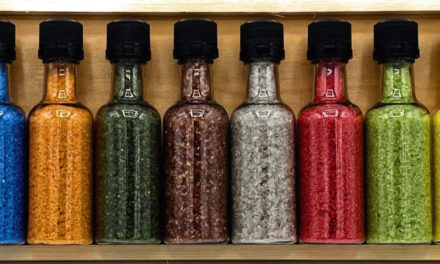With the rules of social engagement and new legislation surrounding the coronavirus pandemic changing moment by moment, the wine world is in a particularly dynamic state of economic uncertainty. Retail sales may be up for many wine companies, but the closing of tasting rooms and the devastation to the on-premise (restaurants and bars) channel—along with canceled trade and consumer events—have pushed the wine industry into uncertain waters as critical revenue streams are limited or eliminated. According to a recent report by Gomberg, Fredrikson & Associates, we should anticipate tasting room capacities to be at only 50 percent by September and not back to 100 percent until June 2021.
When wine companies need to quickly adapt their communications strategies and implement new means of reaching key audiences, they often do so with the help of creative and nimble marketing communications agencies. At Colangelo & Partners, we’ve pivoted strategies from events, press trips, and in-person tastings to virtual campaigns, webinars, and other digital programming to keep brands top of mind for press, trade, and consumers. Here are some of the most effective ways for wine marketers to change strategies quickly and develop prominent digital voices.
Find New Sales Outlets
With on-premise business compromised, agencies need to become an extra sales arm for clients by creating connections between e-retailers and wine producers. According to Nielsen, online sales of alcohol grew 338.8 percent, year over year, for the week ending May 9, and it’s imperative for wineries to penetrate this exploding sales channel.
As bars and restaurants have received the green light to serve alcohol to-go and laws regulating interstate shipping of wine and spirits have been relaxed, there’s been a disruption of the traditional “on-premise” and “off-premise” channels. Producers need to take full advantage of these uncharted territories. For example, new services such as Somm.ai, which digitizes restaurant wine lists and makes them available to purchase for consumers, have created new sales channels for wineries and businesses that legally fit within today’s alcohol market.
Into the Digital Realm
One of the biggest priorities for wine and spirits brands this spring has been to accelerate the migration of consumer and trade communications to digital media. We’ve seen wine lose popularity as millennials adopt different drinking habits, turning to new beverages like hard seltzers and other low-ABV alternatives. Part of this shift is likely due to the lackluster presence of wineries online compared to other beverage categories.
Since the start of shelter-In-place, strategies such as virtual tastings for consumer, trade, and media audiences have resulted in much-needed exposure. Online initiatives, digital pitch concepts, and social media projects are also going to be beneficial in the future for a consumer landscape that was already changing before the pandemic.
A Still-Bright Future
Although there are many parts of the industry that feel uncertain right now, wine is still thriving in the United States. According to a recent report by the International Organization of Vine and Wine, America continues to be the global bright spot for wine drinking, responsible for 13 percent of all wine consumed in the world. Wine brands will still have plenty of opportunities to succeed in the future regardless of how quickly we climb out of the COVID shutdown; they just have to continue to be creative, adapt quickly, and be willing to look at selling and marketing their wines with a fresh, new perspective.

Juliana Colangelo is the West Coast Director for Colangelo & Partners, based in San Francisco, Calif. She completed her Masters in Wine Marketing from Sonoma State University in 2019 and holds a WSET Level 3 degree. Prior to heading to California to build the domestic wine business for Colangelo & Partners, Juliana worked on international campaigns for clients including Wines of South Africa, Frescobaldi, Charles Heidsieck, and others.











